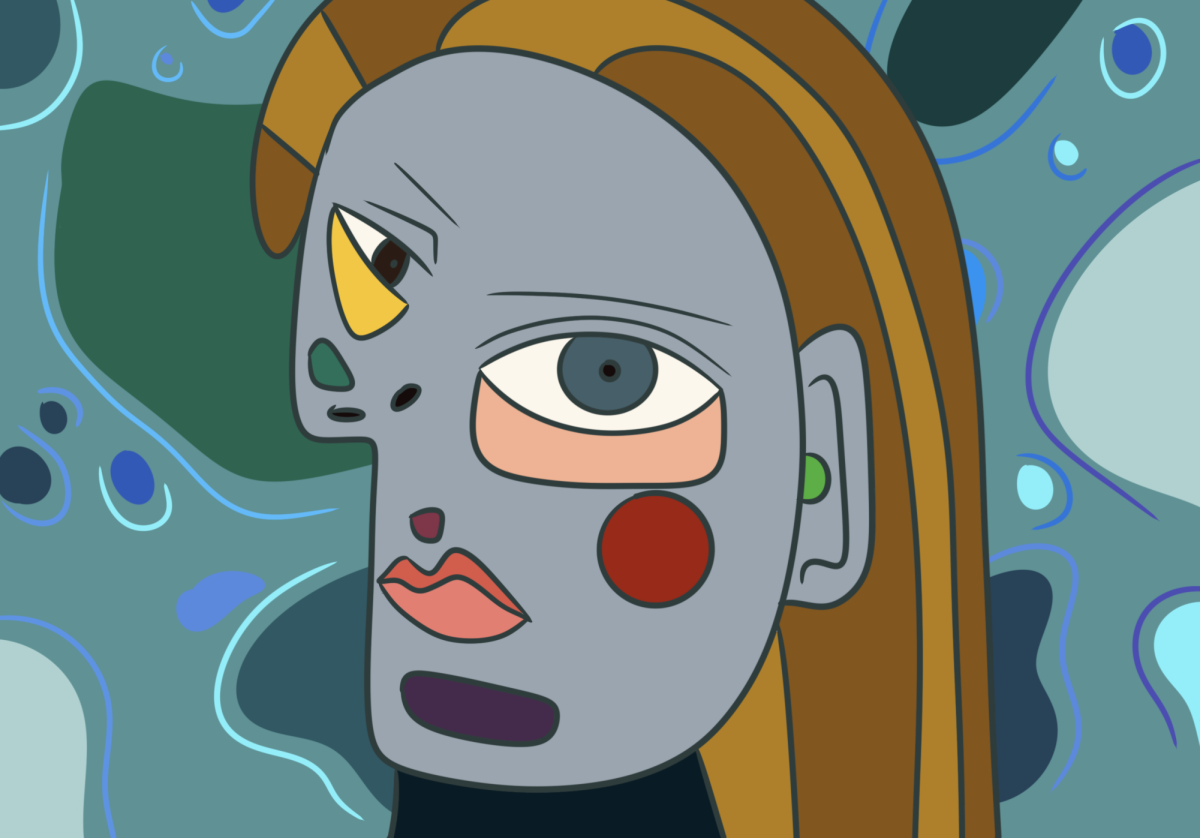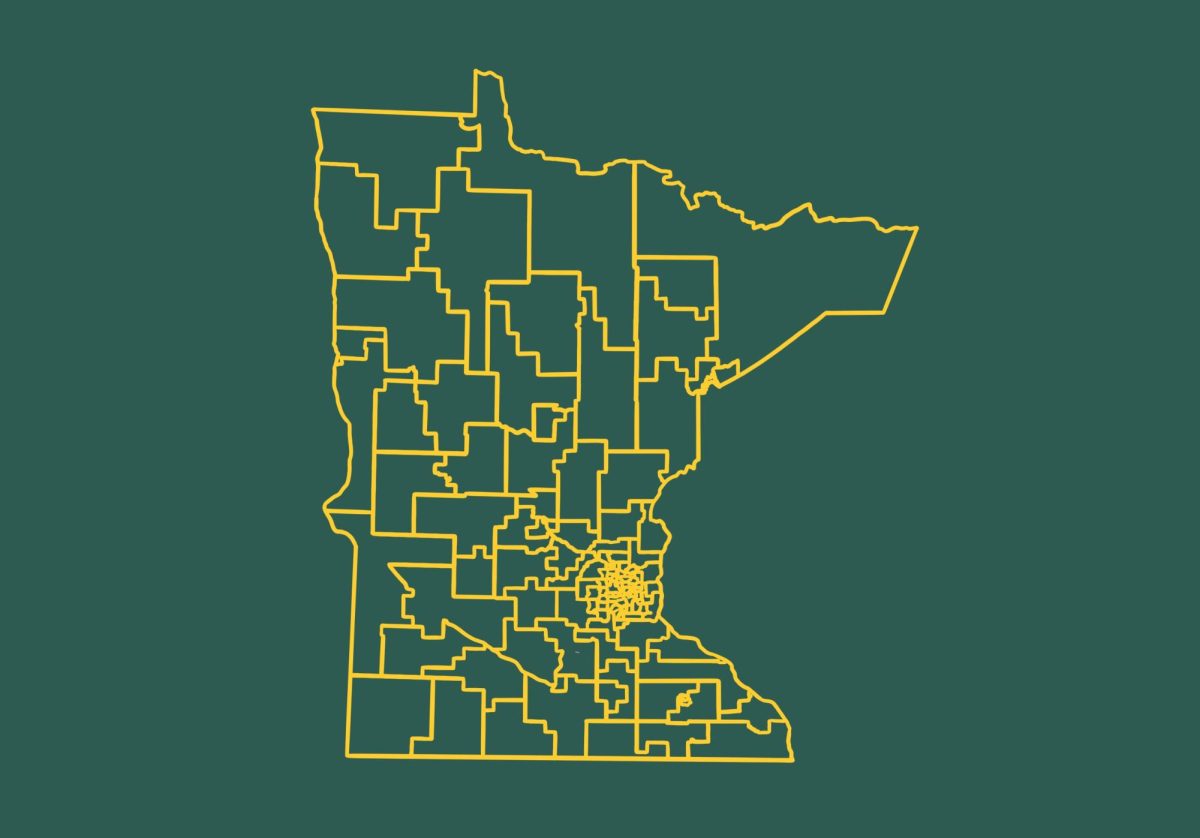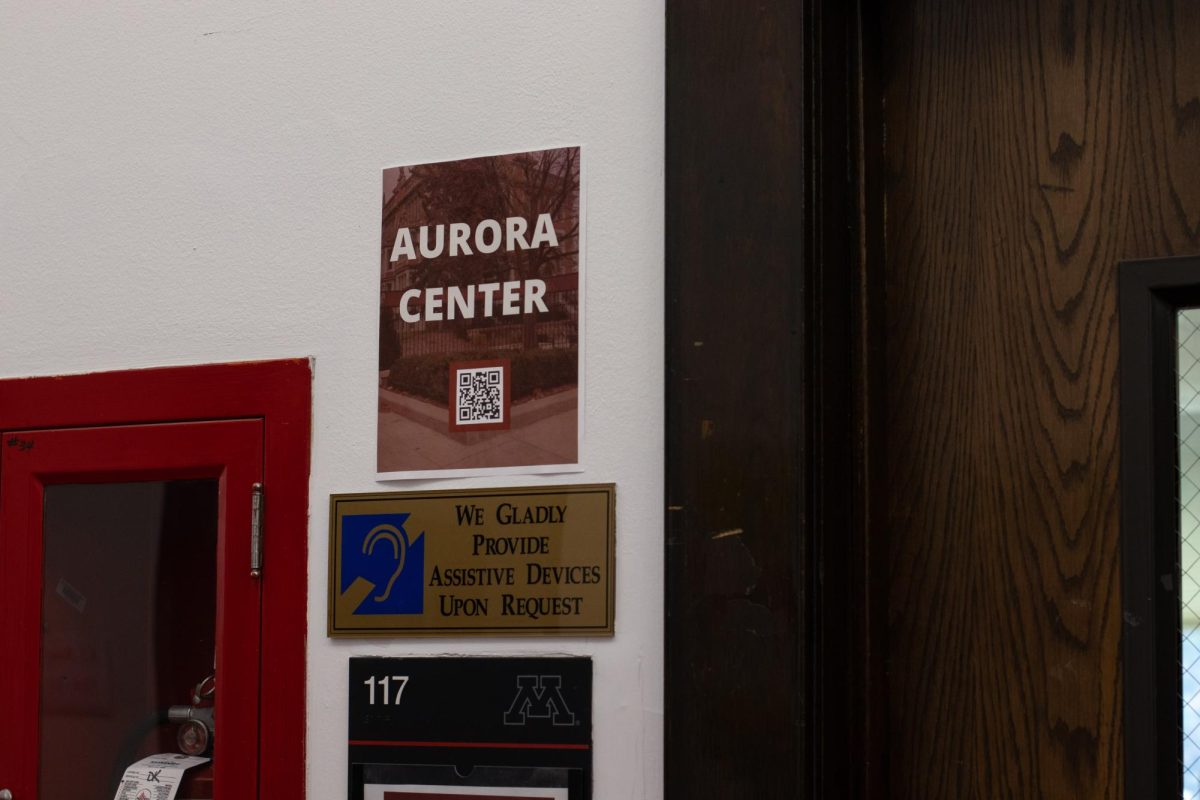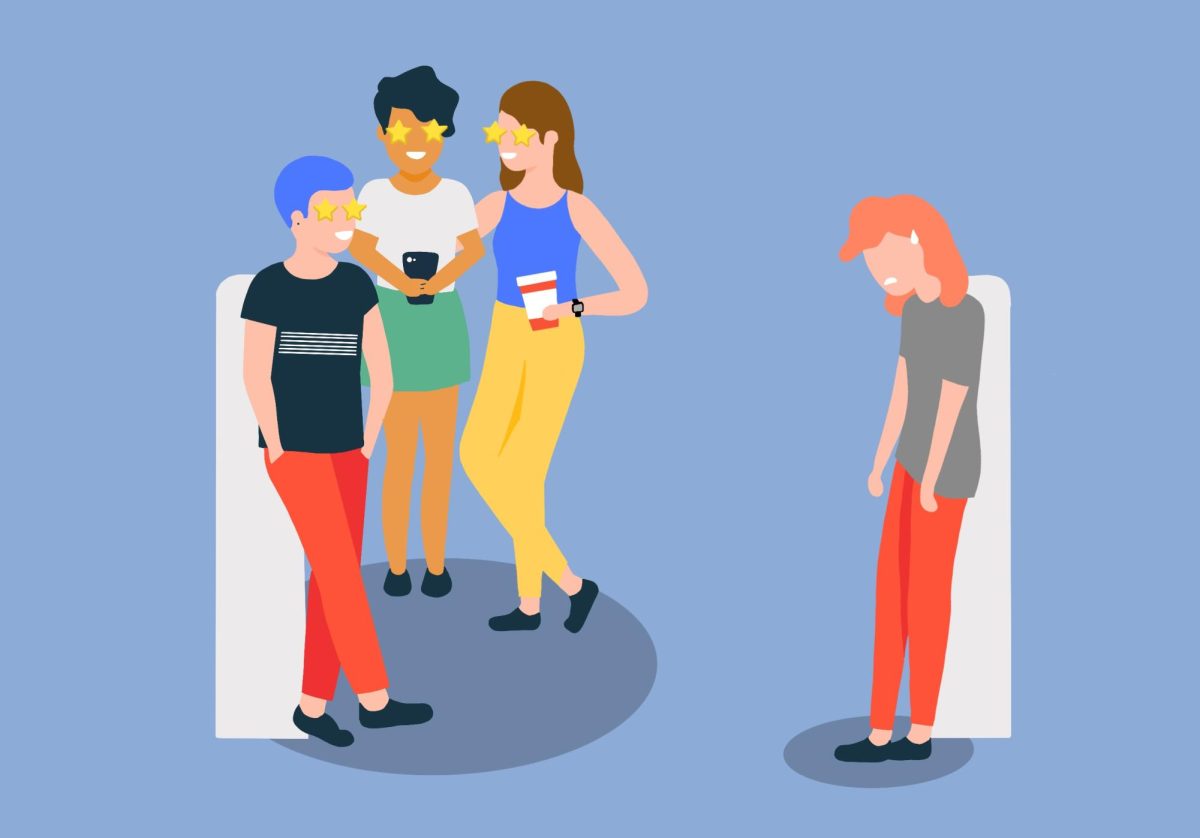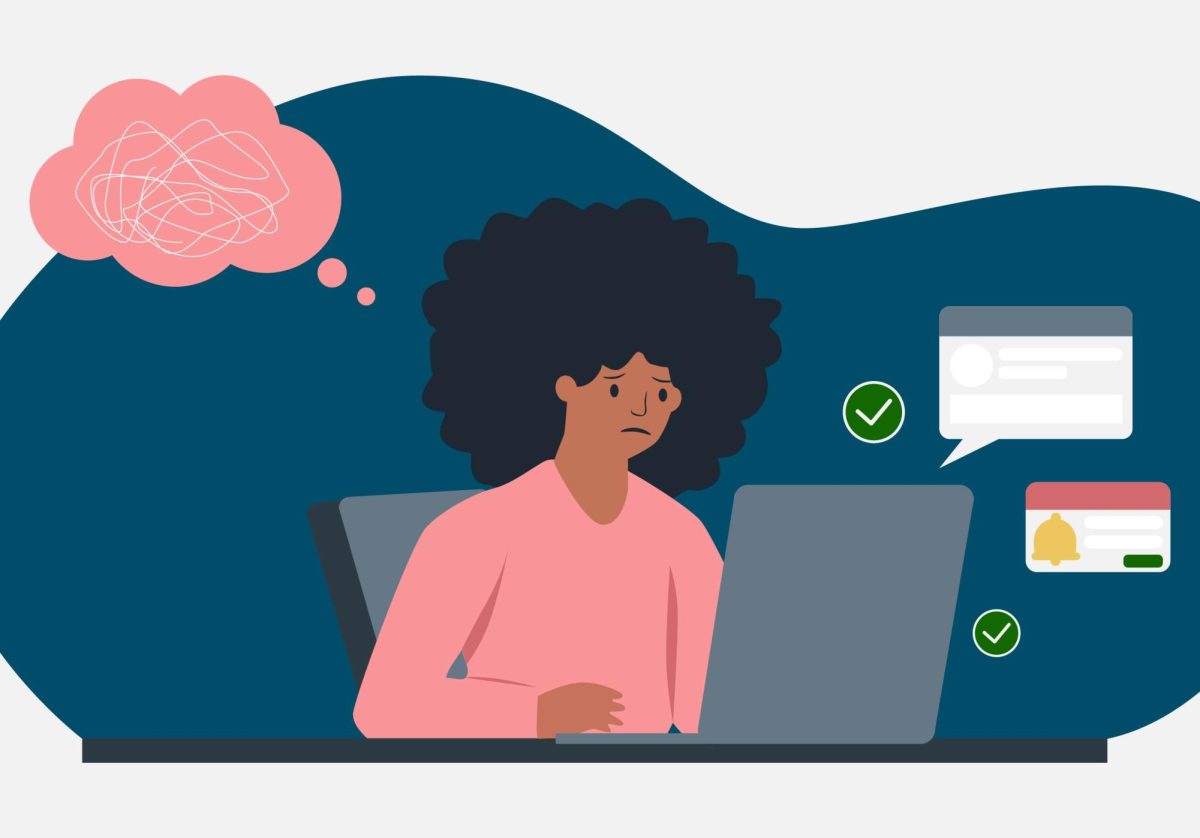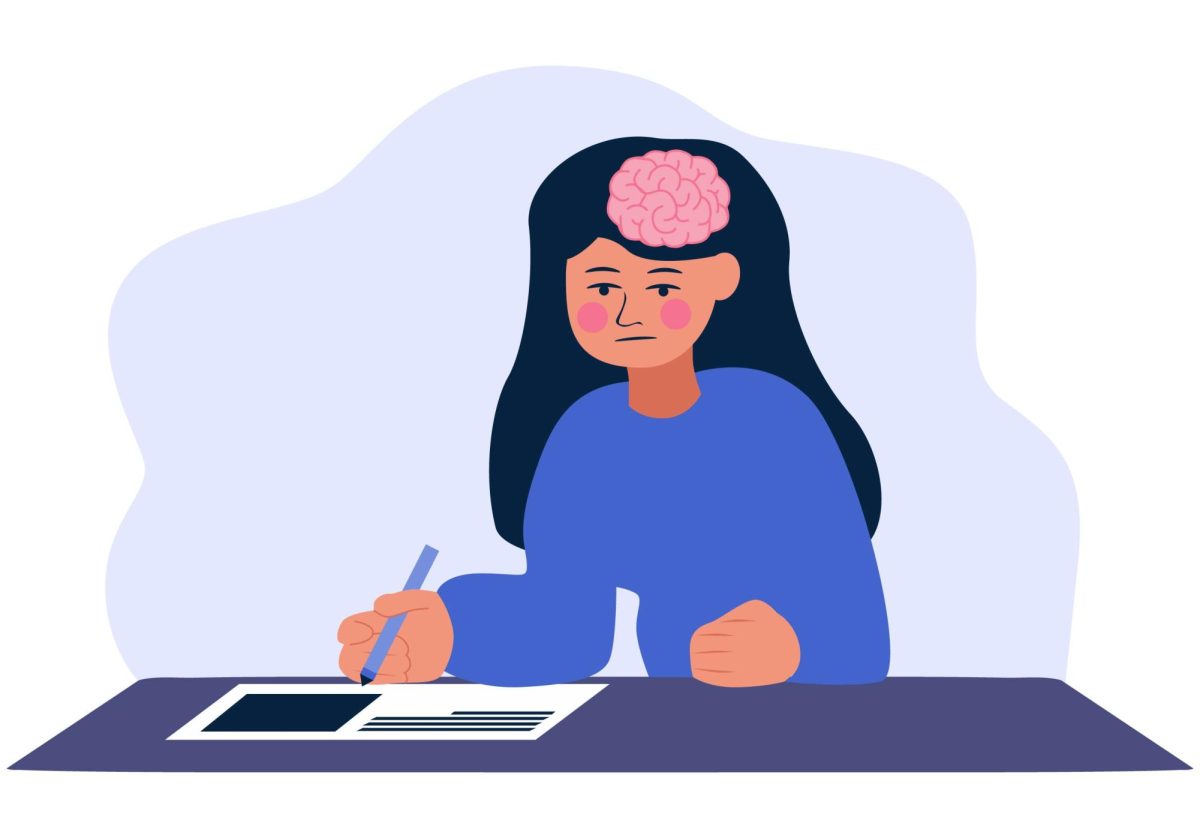The feature I notice first on a person is always their nose.
Large, small, crooked or straight, my eyes narrow in on the center point of the face. This is of course a reflection of my own personal insecurities.
I grew up hating my nose.
Living in a predominantly white state, I never felt like my facial features fit what was considered beautiful. What made me different was my ethnic nose. The little bump that was genetically destined to fit on my face was deemed imperfect by the beauty standards of the country I was raised in.
Resentment was inevitable.
Western beauty ideals include being thin and tall, having big breasts, large eyes, a small nose and high cheekbones. Beauty filters on Snapchat, Instagram and TikTok usually reflect that same paradigm. The Western mold has not lost its appeal because mass media continues to reinforce these features as the gold standard.
A national survey called the Inaugural ASPS Insights and Trends Report: Cosmetic Surgery in 2022 found many Americans are now investing in themselves through cosmetic procedures. After conducting a nationwide survey of member surgeons, the American Society of Plastic Surgeons discovered that over 75% of cosmetic-oriented plastic surgery practices are experiencing increased business compared to pre-pandemic levels, with almost 30% indicating their business has at least doubled.
Cosmetic surgery is not a new concept, but with the rising popularity and ever-changing beauty ideals, certain surgical procedures begin to have different implications.
25% of all cosmetic plastic surgery patients in 2013 were Asian, Black or Hispanic. Hispanic Americans had nearly 1.7 million cosmetic plastic surgery procedures in 2013. The most commonly requested surgical cosmetic procedures were nose reshaping, breast augmentation and liposuction, likewise for African Americans, who had more than 1.2 million cosmetic plastic surgery procedures. Asian Americans had 988,000 cosmetic plastic surgery procedures in 2013, most commonly requesting nose reshaping, eyelid surgery and breast augmentation.
The procedure that dominated all three demographics: nose reshaping.
Supermodel Bella Hadid got a nose job at the age of 14. She was deemed the “ugly sister” and felt altering part of her would help increase her worth. This change may not be the reason she became one of the most popular models in the world, but the absence of this feature can be felt.
People are changing their noses to fit the Eurocentric vision of beauty. A thin bridge, a lift at the tip of the nose or smaller nostrils are associated with European features. The power of Western media spans worldwide, shaping what people consider to be the epitome of all things beauty and fashion.
Adapting to the established norms has been a concept instilled into people of color in the past through colonialism and is reflected now through media. Evidence indicates the contemporary beauty standard for women in Asia exhibits alignment with Eurocentric ideals. East Asian beauty standards, for instance, emphasize features such as large eyes, a narrow nose bridge and a fair complexion.
I once used a filter that gave the dimensions of what was considered to be the perfect, symmetrical face and found that no part of me fit into the lines that were drawn out by the filter. The automatic negative attestation that I don’t fit followed me for quite some time after.
It is impractical to expect everyone to feel the same way in regards to cosmetic procedures. Many people are able to gain a sense of confidence they never had before. People are able to make conscious decisions about their outward appearance to reflect what they want the world to see, and that sense of control shouldn’t be looked down upon. However, a person’s vulnerability shouldn’t be taken advantage of, either.
A doctor’s approach to patient consultations and how they determine the most suitable procedures for each individual are incredibly important.
“First, you have to ask the patient what bothers them and what their thoughts [are] on why they’re there and what they want addressed. Getting their point of view is the first sort of principle,” said Doctor Umar Choudry, associate professor in the division of Plastic and Reconstructive Surgery in the University of Minnesota Medical School. “The second one is to assess whether what they’re asking for is not only reasonable but technically we can do it and achieve it to their satisfaction. And then lastly, you have to make sure that they’re good medical candidates.”
Outside of the specifics of the medical realm, public perception and the conversations surrounding plastic surgery become important as well.
With the acceptance of cosmetic surgery comes transparency. Many public figures are coming out and letting their followers know about their reasons for changing their appearance. There are many misconceptions when it comes to plastic surgery which makes honest and open conversation essential.
“The biggest misconceptions are that they [cosmetic procedures] are only done for vanity reasons. Many people have these procedures done to enhance their self-confidence and improve their overall quality of life,” Dr. Choudry said. “Another misconception may be that it is cost prohibitive, and only very rich people get cosmetic surgery. However, most patients are middle class. Lastly, there is a misconception that cosmetic surgery is not really surgery – these are real surgeries that should be done by board-certified surgeons in their field, and these surgeries have real risks involved.”
I have realized my personal perception of beauty has been influenced by a flawed system. Instead of altering my appearance to fit into the narrow mold of Western beauty standards, I chose to celebrate my unique features. Media platforms have started to embrace diversity and increase the showcasing of a wider range of beauty, but there is always more that can be done.
As the conversation surrounding cosmetic procedures continues it is important to emphasize the influence conformity can have. Personal agency and informed decision-making must be at the forefront when it comes to public figures sharing their experiences.


